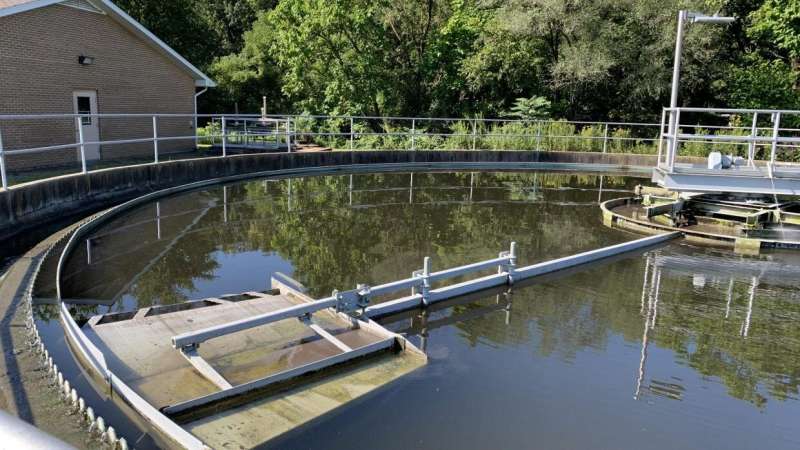水和废水中冠状病毒消毒率的系统回顾和荟萃分析

SARS-CoV-2是导致COVID-19大流行的病毒,是冠状病毒家族中的一种包膜病毒,已被发现可在呼吸道和胃肠道复制。虽然冠状病毒的主要传播途径是呼吸道飞沫,但水和废水部门对溶液中病毒的持久性和消毒提出了问题。为了满足这一需求,助理教授Andrea Silverman与斯坦福大学的Alexandria Boehm教授合作,最近在该杂志上发表了一篇题为《关于人类冠状病毒及其在水和废水中的病毒替代品的持久性和消毒的系统回顾和meta分析》环境科学与技术信件。
虽然人们不相信水废水在冠状病毒传播中扮演着重要角色,我们仍然需要了解这些病毒在人类宿主之外的命运,包括它们在水和废水中的持久性,以及接触常用消毒剂后的灭活,”西尔弗曼写道,他在纽约大学坦顿分校的土木与城市工程系和纽约大学全球公共卫生学院的全球卫生系担任联合职务。“对废水中冠状病毒的衰变率有更深入的了解,也可以了解废水的流行病学,这被认为是一种估计人口中疾病负担或趋势的方法。”
进行研究,Silverman和Boehm梳理了现有的同行评审文献,编制和融合了冠状病毒衰减率的定量信息,包括水和废水,随着普通水的含氯和紫外光而没有暴露和废水消毒剂。
基于冠状病毒衰减率确定系统评论, the research team found that, in the absence of disinfectants, coronavirus inactivation rates were similar to those of non-enveloped viruses (e.g., enteroviruses, adenoviruses, noroviruses), which are more often studied in water environment and are used to benchmark exposure risks. The research team also found that there is very limited data available on coronavirus disinfection rates with chlorine and UV. Nonetheless, evidence suggests that coronavirus disinfection rates are similar to or greater than those of the non-enveloped viruses, and that disinfectant doses recommended by the US Environmental Protection Agency for other viruses will likely lead to effective disinfection of coronaviruses as well.
除SARS-CoV-2外,冠状病毒家族中还有其他病毒可对人类和兽医健康构成风险;Silverman和Boehm的研究结果也适用于这些病毒。总的来说,他们得出的结论是,“关于接触消毒剂的冠状病毒在水溶液中失活的文献资料非常少。因此,迫切需要进行更多的研究. . . .关于冠状病毒在水中以及阳光下持久性的进一步研究,将进一步了解它们在人体之外的命运。”


















用户评论